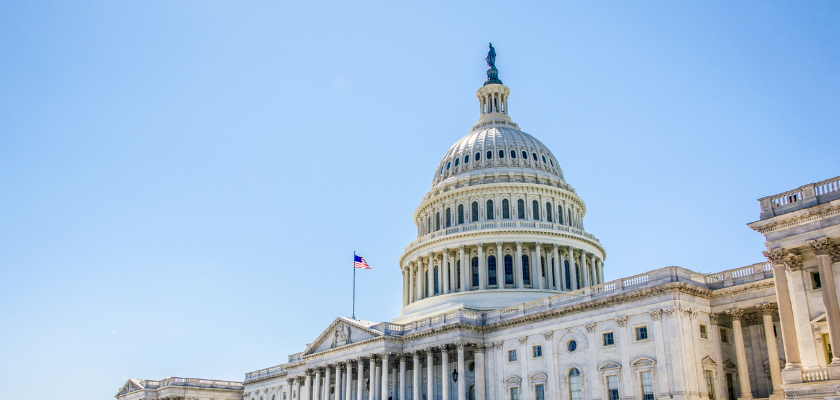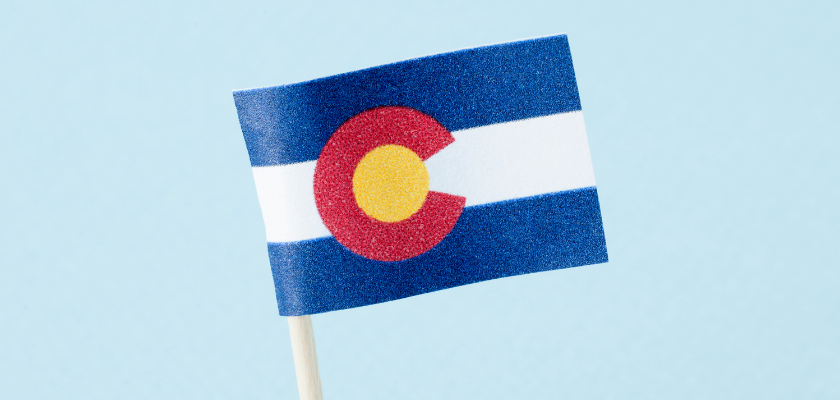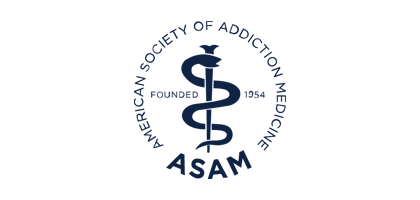News
New HHS Report Highlights Gaps in Access to Treatment in Medicare and Medicaid

Just as encouraging data show that opioid overdose deaths are on the decline, a new report from the US Department of Health and Human Services Office of the Inspector General (HHS OIG) highlighted concerning findings in the Medicare and Medicaid programs regarding access to opioid use disorder (OUD) treatment. In a report released last week, HHS OIG found that hundreds of counties in high need of medications for opioid use disorder (MOUD) lacked access to office-based treatment, as well as opioid treatment programs (OTPs). The study also found that even in counties with MOUD prescribers, most of these prescribers did not treat people with Medicare or Medicaid. According to the report, Medicare Advantage prior authorization requirements, low Medicaid reimbursement rates, and inadequate information about the location of MOUD prescribers may be motivating clinicians’ willingness to treat Medicare and Medicaid patients with OUD.
Here are some additional findings from the report:
- 19% of US counties did not have a single prescriber of MOUD
- 32% of US counties did not have a single prescriber of MOUD who treated any Medicare of Medicaid enrollees
- 77% of OTPs treated Medicare and Medicaid enrollees; and
- 28% of office-based buprenorphine clinicians treated Medicare enrollees vs. 38% who treated Medicaid enrollees
The HHS OIG concluded the report with several recommendations, including recommending that the Centers for Medicare and Medicaid Services (CMS):
- Geographically target efforts to increase the number of MOUD clinicians that treat Medicare enrollees in high-need counties;
- Geographically target efforts to increase the number of MOUD clinicians that treat Medicaid enrollees in high-need counties;
- Work with States to assess whether their Medicaid reimbursement rates for treatment with MOUD are sufficient to recruit and retain enough MOUD clinicians; and
- Work with SAMHSA to develop and maintain a list of active office-based buprenorphine providers.
This data comports with ASAM’s own analysis showing that approximately three-quarters (76%) of fully certified OTPs are currently registered with Medicare to provide OUD treatment services. On the other hand, data from the CMS indicate that codes created by Medicare in 2020 to support initiation of office-based substance use disorder treatment have only been utilized by almost 33,000 patients as recent as 2022, the same year of data used by the HHS OIG report.
Taken together, these are worrying trends that indicate the need for additional engagement and support to ensure clinicians have the tools and resources they need to care for patients with SUD.







